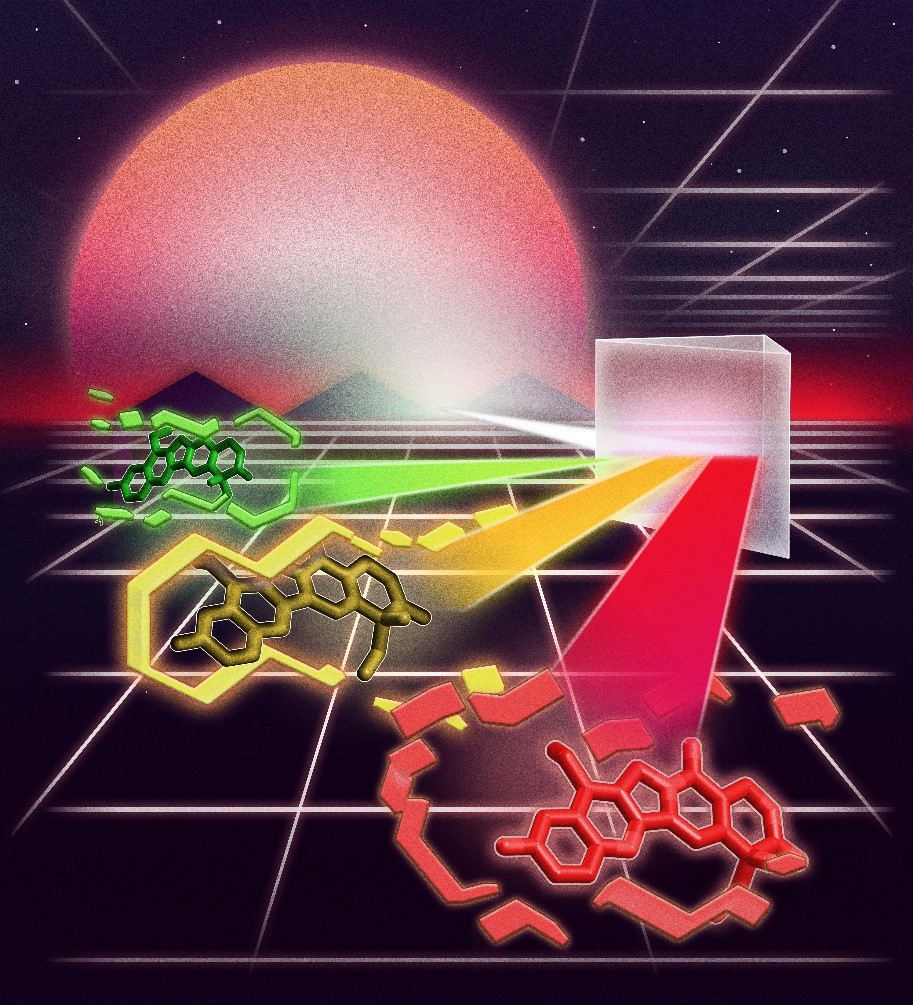Minimizing the unwanted side effects of therapeutic agents is one of the major challenges in drug research. Such challenges are addressed with targeted therapies, where the effect of the drug is restricted to the vicinity of malignant cells. Among the different targeted approaches photochemotherapy is receiving more and more attention.
Photoactivated chemotherapy (PACT) combines the beneficial effects of external radiation therapy and internal chemotherapy and offers excellent localization-precision in case of localized primary tumors. PACT relies on the use of photolabile protecting groups (photocages) that transiently disable the biological activity of cytotoxic drugs (payload, cargo) through a specific covalent linkage. Light irradiation of such photoresponsive prodrugs triggers the release of the reactivated drug via bond cleavage (photo-uncaging).
Despite its advantages clinical translation of PACT is still hindered by the lack of water soluble, visible-light activatable photocages suitable for in vivo applications. In their latest paper, researchers of the Chemical Biology Research Group at the Research Centre for Natural Sciences report on the development of water soluble, green-orange-red light responsive photocages that greatly facilitate translation of PACT to clinical applications. Their work was published in the Journal of the American Chemical Society, one of the most prestigious chemical journal.
Alexandra Egyed, Krisztina Németh, Tibor Á. Molnár, Mihály Kállay, Péter Kele*, and Márton Bojtár* Turning Red without Feeling Embarrassed─Xanthenium-Based Photocages for Red-Light-Activated Phototherapeutics. J. Am. Chem. Soc. 2023, https://doi.org/10.1021/jacs.2c11499

